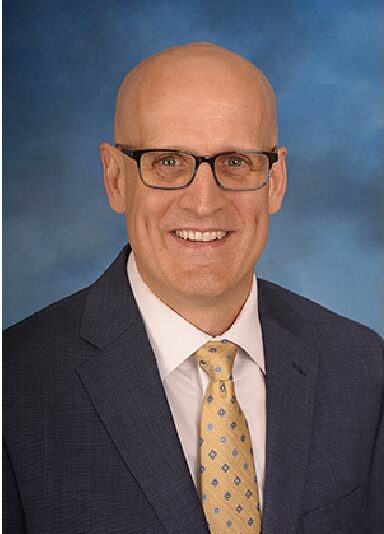Insurers have become more interested in the science of data as they develop more sophisticated predictive models to help them price and underwrite business. In the past, actuaries played the primary role of helping insurers turn their troves of data into prices for next year’s policies. Increasingly data scientists now join actuaries in playing these important roles. Data scientists are trained to find patterns in big data — the megasets of information to be gleaned from structured data sets (like an insurance database), as well as unstructured data sets (collections of photographs or millions of tweets).
A general session panel at the CAS 2015 Annual Meeting explored the ways that insurers can benefit from combining the unique skills that actuaries and data scientists have to offer.
Barry Franklin, FCAS, a senior vice president and chief risk officer at Zurich North America, moderated the discussion with panelists representing the spectrum from actuary to data scientist:
- Christopher Steinbach, FCAS, an actuary who works with data scientists as chief pricing actuary for global specialty lines at AIG.
- Dr. Swapnil Chhabra, a data scientist and an experienced analytics professional who has worked in several industries, including insurance. Dr. Chhabra currently leads data science projects in Zurich’s predictive analytics center of excellence.
- Louise Francis, FCAS, specializes in deep data dives and is founder of Francis Analytics and Actuarial Data Mining Inc.
In his job as a high-level actuary, Steinbach often reviews predictive modeling projects. Some have been useful, he said, including one that helped identify which claims were likely to settle for the highest amounts and which could be settled quickly. That model helped the claims department prioritize work.
Not every model is useful, however. Steinbach cited common issues: A model could be too big for the users to digest, or it could rely on data that doesn’t exist at the time the model is intended to be used. If the model contradicts an existing decision-making process, he said, it won’t be used until that conflict is resolved. Making models predictive is different from making them useful. Modelers need to deliver models that are both predictive and useful.
The model also has to make intuitive sense, or it won’t be used. Steinbach said that it’s not enough to determine that one color airplane crashes more than an airplane of another color. The model users want to know why the planes crash because the best courses of action differ according to the cause.
“Being able to explain why the model works is important,” Steinbach said.
Steinbach envisioned a future in which data science will be a separate corporate department. The relationship with actuaries would resemble the relationship between actuarial and information technology departments. Actuaries would tap data scientists for big, complex projects but could handle smaller ones more efficiently on their own.
Extending that chain of thought, Dr. Chhabra opined, “Machine-learning tools employed by contemporary data scientists can facilitate the work done by actuaries — not only in handling complex unstructured data sets but also in automating several actuarial processes.”
While legislative restrictions may limit the application of unconventional algorithms for certain insurance products, other business areas could greatly benefit by their use. “We should employ computational tools with the highest predictive power wherever possible — data scientists and actuaries can work together to identify those niches,” Dr. Chhabra said.
Dr. Chhabra said that the future is about improved business processes driven by automation. Actuaries and data scientists will work hand-in-hand to get there.
Francis predicted that some actuaries would drift into data science while some data scientists would become actuaries. Initiatives like The CAS Institute’s new specialty credential in predictive analytics and data science would encourage such crossover, she said. (See story on page 36.)
Francis noted that both disciplines are likely to remain vibrant. “I don’t think either one is going away,” said Francis.
Concluding the session, Franklin drew a distinction between the two disciplines: data scientists use powerful tools to develop insights, following the data wherever it leads; actuaries study data within defined hypotheses, adding structure, business knowledge and professional standards to the work. In other words — data scientists know the math and actuaries understand the business.
“The real power will be when they learn to work together,” stated Franklin.











